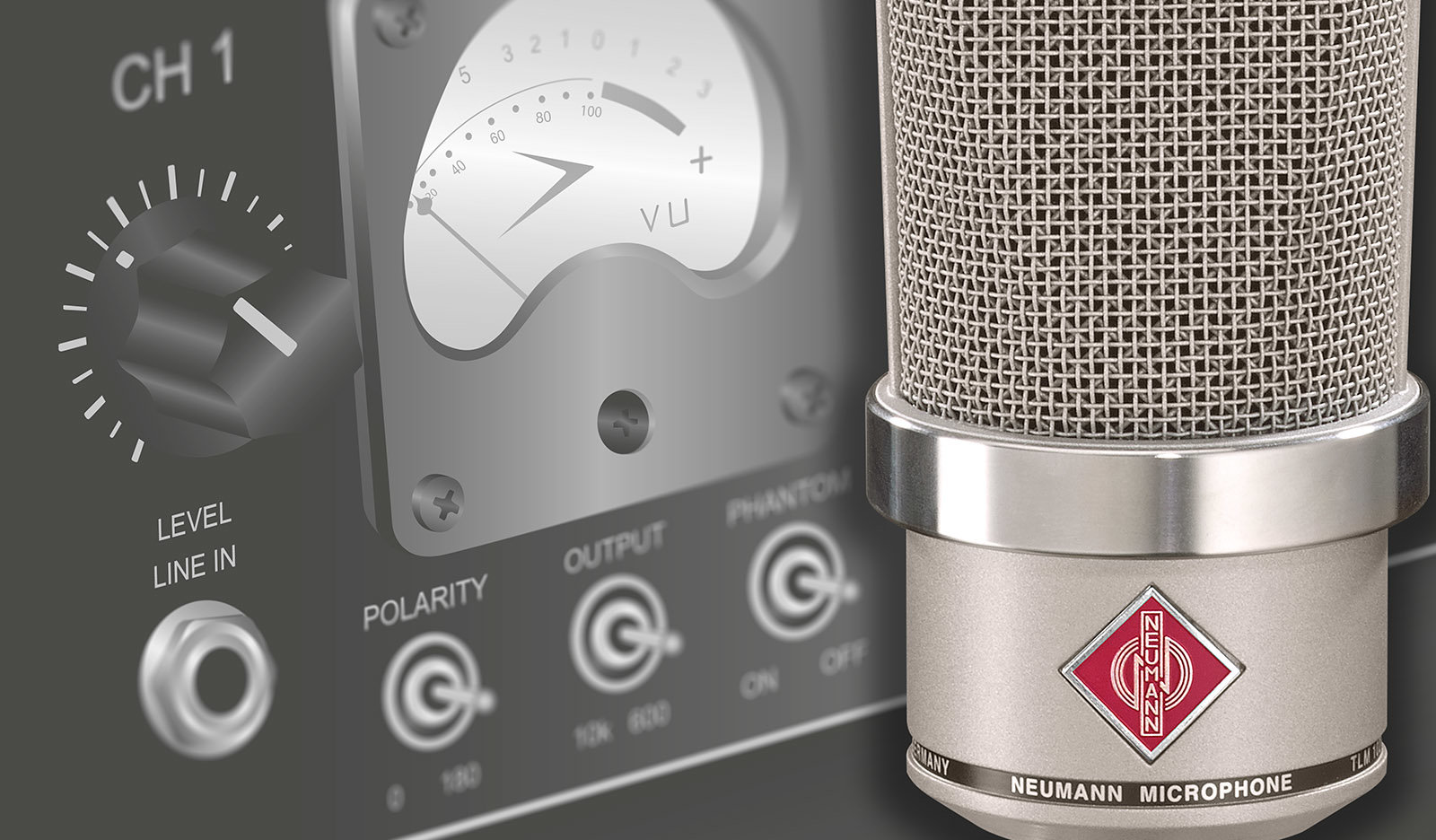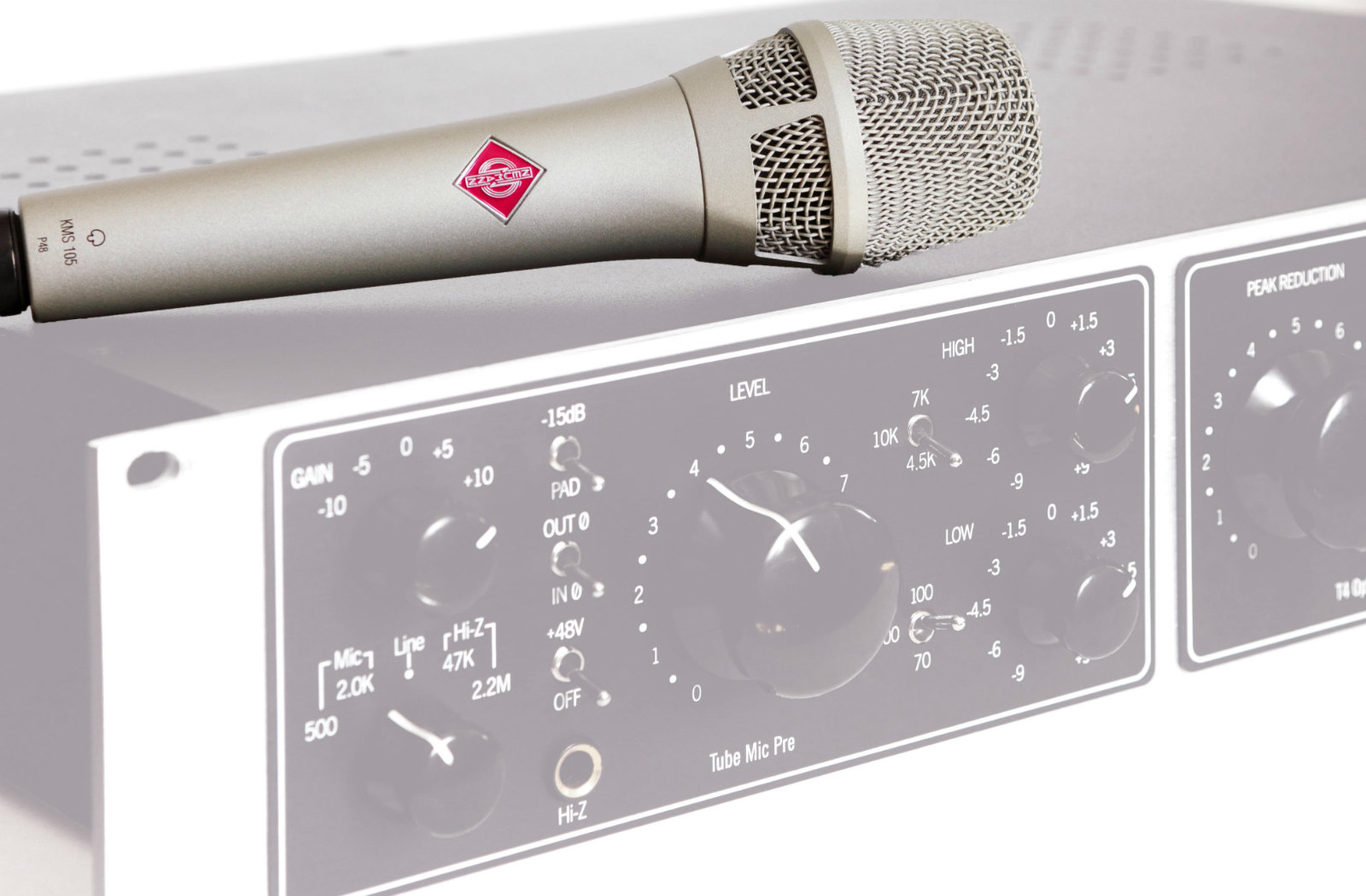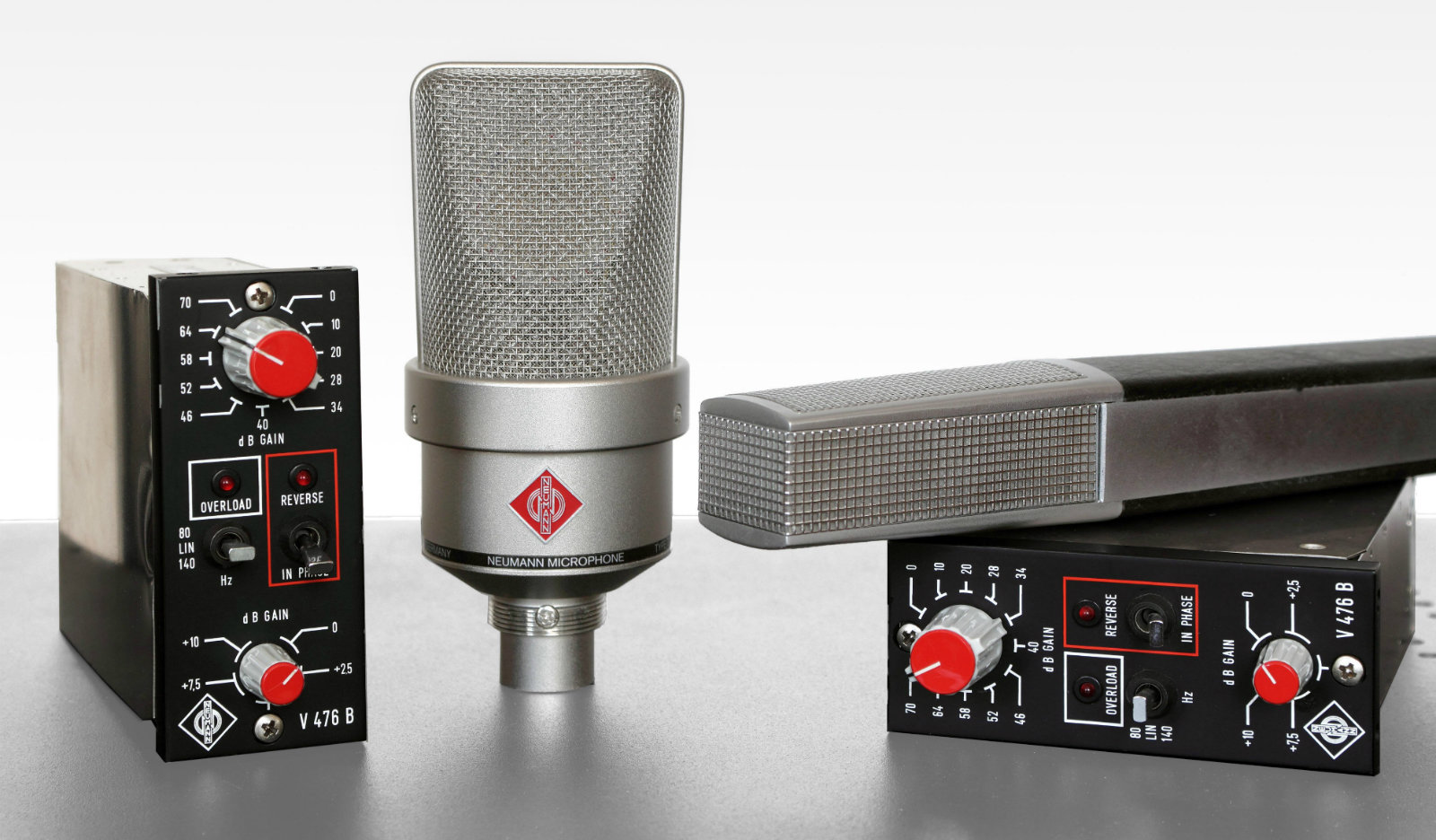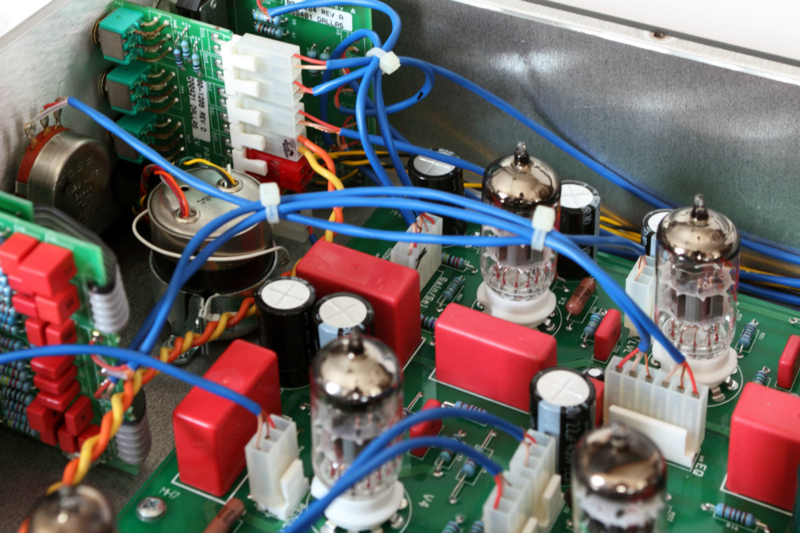WILL A BETTER PREAMP IMPROVE YOUR SOUND?
In the previous episode, we examined the benefits of a better preamp in terms of lower noise. But what could a better preamp do to improve your sound?
NOT SO OBVIOUS
While technical properties like noise can be measured objectively, sound is a subjective and therefore more elusive concept. People tend to think of sound in terms of frequency response, yet it’s often not as easy as that. Nearly all microphone preamps measure essentially flat within the audible range from 20 Hz to 20 kHz. At least at gain settings up to about 50 dB. At higher gain settings, small nonlinearities typically become magnified; at 60 dB or more, there may be slight high and low end loss amounting to a couple of decibels. That’s why inexpensive preamps often sound a bit dull at high gain settings, although they may sound perfectly fine at lower gain.
SOUND TEXTURE
There are other factors apart from frequency response that contribute to a preamp’s sound coloration (or lack thereof). The most important being the preamp topology, i.e. the way its circuit is designed. The preamp’s circuit topology and the quality of its components determine if it sounds smooth or harsh, thick or thin, neutral or colored, transparent or grainy, etc. Note that these are subjective attributes. We can measure distortion and frequency response, but no such data will tell you if the device sounds attractive. This is particularly true of the more colored, nonlinear end of the sound spectrum.
Let’s see how the internal preamps of your audio interface are constructed and consider our options!
THE USUAL SUSPECTS: CHIP PREAMPS
Most audio interfaces (starting at about $ 400), come with decent microphone preamps. They’re usually built around dedicated microphone preamp chips, made by only a small handful of chip manufacturers. Which is why the preamps on most audio interfaces sound quite similar. Chip preamps are very low noise, low distortion and quite transparent up to about 50 dB of gain. At maximum gain (which is usually 60 dB), they tend to lose a bit of punch and sparkle. But they’re better than is commonly assumed. Technically speaking, they may even outperform some coveted vintage preamps. Many of the more affordable external preamps aren’t any better than the preamps in your audio interface; in fact, many of them use the very same preamp chips.
MORE SOUND COLORATION: VINTAGE AND RETRO PREAMPS
Today, many sound engineers long for the sound characteristics of older equipment from the days of tube and early transistor technology. As tubes are high impedance devices, the tube preamps of the 50s and 60s needed input and output transformers to interface with low impedance microphones and studio equipment. Early transistor preamps of the late 60s and early 70s still relied on transformers for signal balancing. The sound coloration of those transformers plays a big part in the sound characteristics of such vintage preamps.
Today, many manufacturers offer more or less faithful recreations of legendary preamp designs. But there are also “retro” designs that try to emulate (and usually exaggerate) the sound coloration of vintage equipment using modern technology, often to avoid the cost of expensive transformers.
The sound coloration of vintage and tube preamps can be vastly different. Some sound silky and smooth, others have a pleasant graininess that adds a unique presence. Some give the sound an airy 3D-like quality, others sound very direct and in-your-face. Faithful recreations of vintage classics are usually quite expensive (often more than $ 1000 per channel). Retro preamps without transformers are much less expensive, but they’re basically simple transistor preamps with some added tube crunch. If you want “the real deal”, they may not be what you’re looking for.
MAXIMUM TRANSPARENCY: “WIRE WITH GAIN” PREAMPS
In the 50s, 60s and 70s, sound coloration was omnipresent, and sound engineers dreamed of entirely different: a microphone preamp that would add level without any sound coloration and other side effects, hence the term “wire with gain”. Actually, this is still the ideal for a great many sound engineers outside of pop/rock, who record classical music, jazz, and folk; any type of music wants to be captured as it is, in all its natural beauty and purity.
While the above mentioned modern chip preamps are already quite close to the “wire with gain” ideal, there are dedicated, (much) more elaborate designs that are even more linear, even lower noise and lower distortion. More importantly, such high performance, high resolution modern transistor preamps remain fully transparent and brilliant even at highest gain settings. Needless to say, such state-of-the-art, super-transparent preamps don’t come cheap (often $ 1000 or more per channel).
CONCLUSION
The sound contribution of preamps is not so much in its frequency response but in the texture it imparts on the sound. However, a preamp shapes the sound to a much lesser degree than one would think. Usually, its sound character only becomes obvious at high gain settings or when you drive it into distortion. In normal use, the sound differences between various preamps are much smaller than between various microphone models.
INPUT IMPEDANCE
An often-overlooked factor in the sound of a preamp is its interaction with the microphone. Studio microphones are designed for input impedances of 1000 ohms or more. Some newer preamps offer switches or potentiometers to lower the input impedance, which – according to their manufacturers – opens new possibilities to shape the sound.
Input impedances significantly lower than 1000 ohms may indeed alter the sound of the microphone, but rarely to the desired effect. On dynamic microphones, including ribbons, a low input impedance usually leads to bass and treble loss. On condenser microphones, the sound balance remains mostly unaffected, but there may be increased distortion at high SPLs. So if your preamp offers variable input impedance, always use the highest setting.

Preamps (2)
What are the Basic Features and Functions of a Preamp?

Preamps (3)
How To Set Up Your Preamp

Preamps (4)
Will a Better Preamp Give You Lower Noise?



